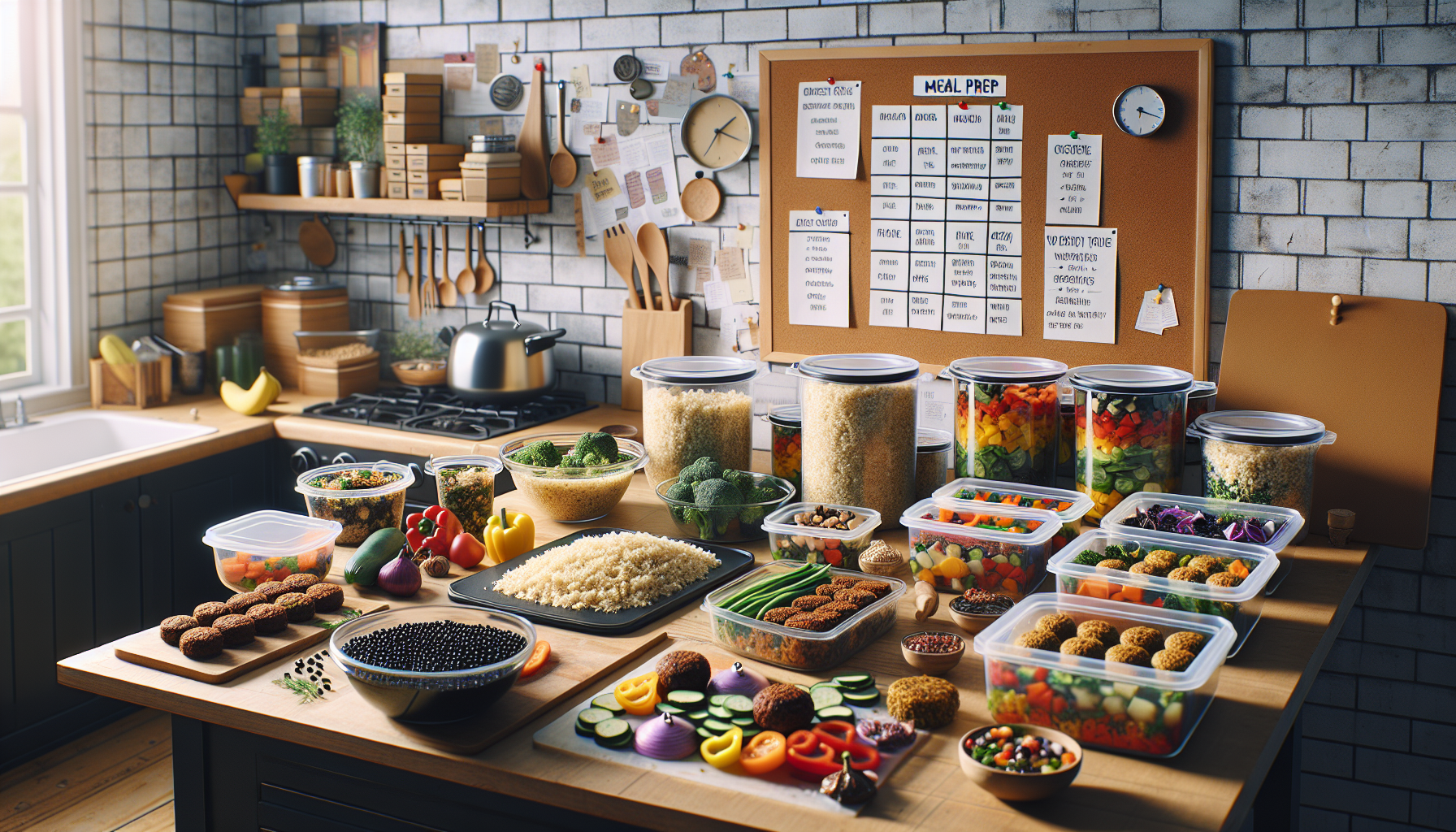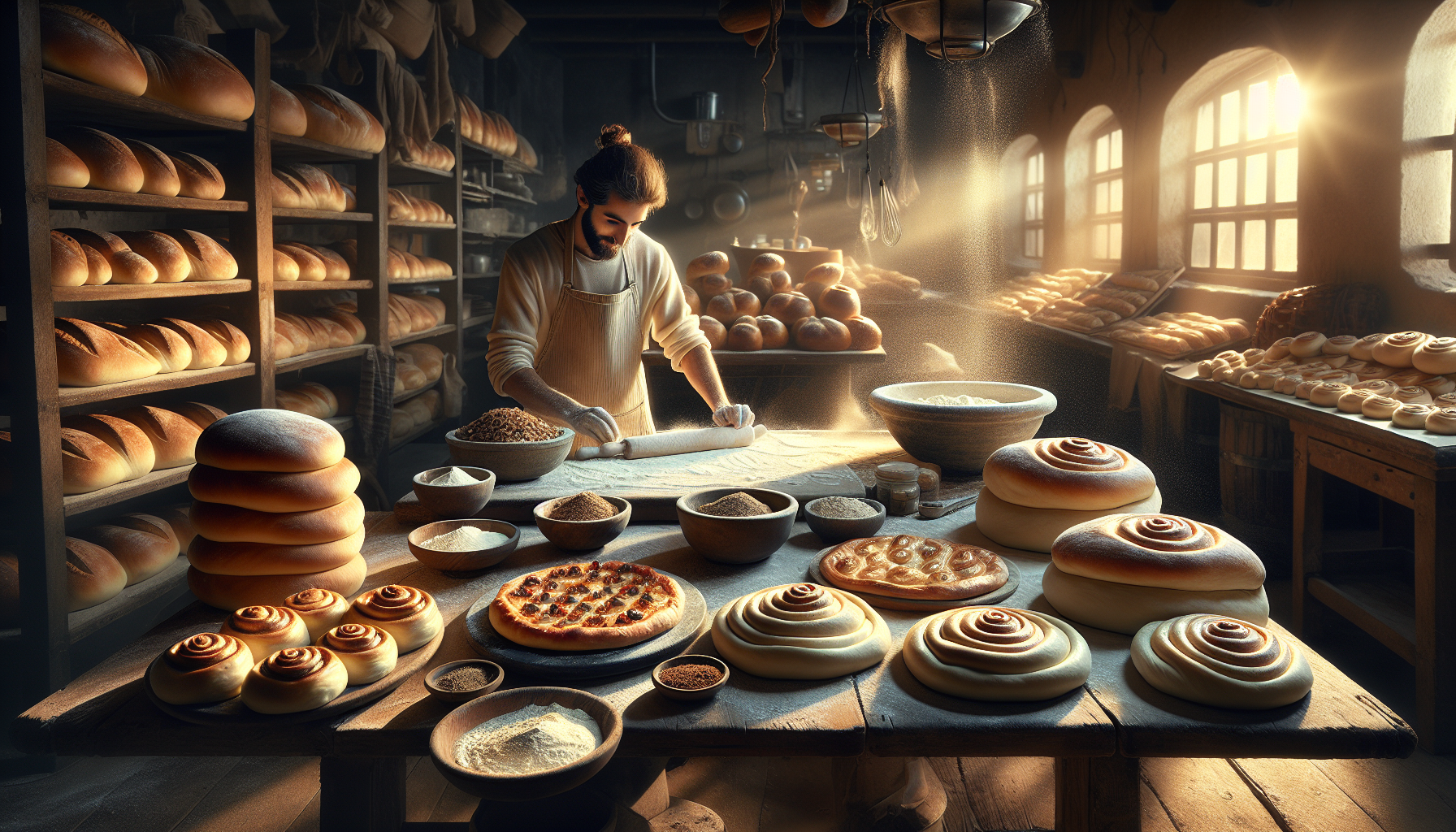Flaky and buttery homemade croissants are the pinnacle of pastry perfection, embodying the art of baking with their delicate layers and rich flavor. This course is designed to guide you through the intricate process of creating these iconic pastries from scratch. From mastering the fundamentals of dough preparation to the complexities of lamination, and the final steps of shaping, proofing, and baking, you’ll learn each stage of crafting the perfect croissant. Armed with these skills, the bakery’s most esteemed treat will no longer be a purchase, but a personal triumph emerging from your own oven.
Lesson 1

Mastering the Art of Croissant Dough
The secret to flaky and buttery homemade croissants lies in the foundation – the dough. Crafting the perfect croissant dough is a blend of science and art, requiring patience, precision, and a bit of love. Whether you’re a seasoned baker or a novice, understanding the basics of croissant dough will set you on the path to baking success.
Ingredients Breakdown
Every ingredient in croissant dough plays a pivotal role. Flour provides structure, while water activates the gluten. Sugar not only sweetens the dough but also helps with browning and yeast activity. Yeast is the leavening agent that makes the dough rise, and salt enhances flavor and controls yeast growth. Lastly, butter gives croissants their infamous flaky layers and rich taste.
Preparing the Detrempe
The detrempe, or pre-dough, is the starting point of your croissant journey. Begin by mixing flour, sugar, yeast, and salt in a large bowl. Gradually add water, mixing until a rough dough forms. Knead the dough briefly, just enough to bring it together. The goal here is not to develop gluten fully but to create a homogenous mix. Wrap the dough in plastic and let it rest in the refrigerator. This rest is crucial as it hydrates the flour and makes the dough more manageable.
The Importance of Resting
Resting is a vital step in creating flaky and buttery homemade croissants. After mixing, the dough must rest to allow the gluten to relax. Relaxation prevents the dough from tearing during rolling and ensures that your croissants will be tender and airy. Additionally, resting in the refrigerator slows down yeast activity, allowing for a gradual rise and deeper flavor development.
In conclusion, the secret to flaky and buttery homemade croissants lies in mastering the dough. By understanding the role of each ingredient and the importance of resting the detrempe, you’re equipped to begin your croissant-making adventure. Remember, great croissants take time and patience, but the reward of biting into a perfectly flaky and buttery croissant is well worth the effort.
Lesson 2

Laminating the Dough to Perfection: The Heart of Flaky and Buttery Homemade Croissants
Laminating the dough is what turns good croissants into great ones. This meticulous process of folding and rolling butter into the dough creates those irresistible, flaky layers that are synonymous with the perfect homemade croissant. Mastering lamination is a key step in your journey to baking flaky and buttery homemade croissants, and while it might seem daunting at first, with a bit of patience and practice, you’ll be well on your way to impressing everyone with your bakery-worthy pastries.
Understanding Lamination
Lamination is all about creating layers. Thin layers of butter are trapped between layers of dough, and when baked, the moisture in the butter turns into Steam, puffing the dough up and creating the croissant’s signature flaky texture. The key to successful lamination is maintaining the right temperature—the butter must be pliable enough to roll but not so soft that it melts into the dough.
Preparing the Butter Block
Start with cold butter and beat or roll it into a rectangle about half an inch thick. The consistency of the butter is crucial; it should be malleable yet still cold. This butter block will be enclosed in the dough, so precision at this stage will pay off later in the lamination process.
Rolling and Folding Techniques
Encase the butter block in your rested detrempe (pre-dough) and start the first roll. Roll the dough into a rectangle three times as long as the butter block, then fold it in thirds. This envelops the butter in the dough, starting the layering process. Rest the dough in the refrigerator between folds to keep the butter from melting. Each fold increases the number of layers, and for classic flaky and buttery homemade croissants, three to four folds are ideal.
Remember, flaky and buttery homemade croissants don’t happen by accident. They are the result of understanding the science behind the baking, meticulous preparation, and patience. The lamination process might seem time-consuming, but the end result, with its delicate layers and rich flavor, is a testament to the art of baking. With these steps, you’re well on your way to creating bakery-quality croissants in your own kitchen.
Lesson 3

The Final Steps to Crafting Flaky and Buttery Homemade Croissants
The journey to making flaky and buttery homemade croissants culminates in shaping, proofing, and baking—the stages where your dough transforms into golden, aromatic pastries that are a delight to the senses. Following the meticulous process of lamination, these final steps are crucial in bringing your croissants to life. With each careful fold and roll, you’re not just baking; you’re creating a masterpiece.
Shaping Croissants
Begin by rolling out your laminated dough on a lightly floured surface until it’s thin but not too stretched. Cut the dough into long, triangular shapes, the base of which will be the width of your croissant. Starting from the base, roll the triangles tightly towards the point to form the classic croissant shape. Ensure that the tip of the triangle is tucked underneath to prevent it from unrolling during baking. For filled croissants, place your filling at the base before rolling.
Proofing: The Secret to Airy Croissants
Proofing is the process where shaped croissants are allowed to rise until they’re almost doubled in size. This step is vital as it develops the croissant’s airy interior. Place the shaped croissants on a baking sheet, leaving enough space between each for them to expand. Cover lightly with a damp cloth and let them proof in a warm, draft-free area. A perfect proof is when the croissants are puffy and hold a fingerprint when lightly pressed.
Baking: The Moment of Transformation
Preheat your oven and prepare for the magic. Bake your proofed croissants until they’re golden brown, crispy on the outside, and tender on the inside. The right temperature and timing are essential for achieving the perfect bake. Your kitchen will fill with the irresistible aroma of fresh, flaky, and buttery homemade croissants, signaling that your baking adventure has reached its delicious climax.
Making flaky and buttery homemade croissants is an art form that rewards patience, precision, and passion. From the initial mix to the final bake, each step is a building block towards achieving pastry perfection. Congratulations, you’re now equipped to bring the joy of authentic, flaky, and buttery croissants into your own kitchen and the hearts of those you share them with.
Flaky and buttery homemade croissants represent a journey through the art of baking, inviting both novice and experienced bakers to embrace the challenge and delight of making these pastries from scratch. Throughout this course, we’ve explored the critical steps from dough preparation to the final bake, equipping you with the knowledge to achieve perfection in every layer. As you reflect on what you’ve learned, we invite you to test your mastery and deep dive into the nuances of croissant making with a 10-question quiz below. This quiz is designed to reinforce your understanding and ensure you’re ready to bring the joy of freshly baked, flaky, and buttery croissants into your home.
Test Your Knowledge With this short Quiz
Click here to copy your score to share on facebook!







